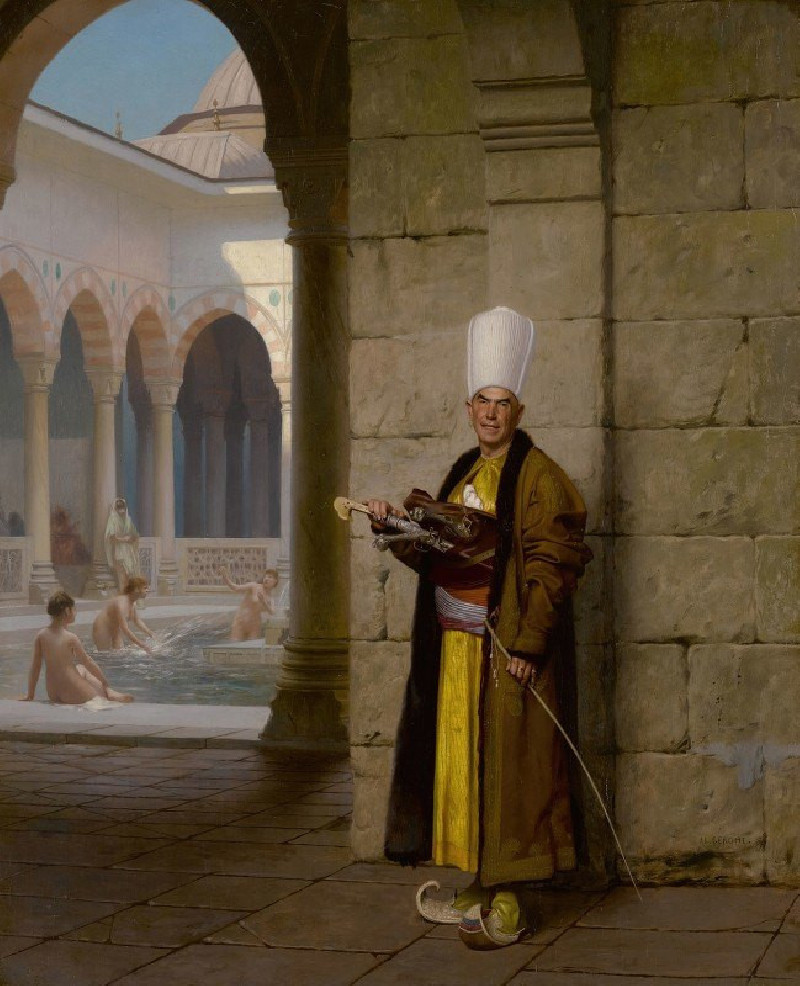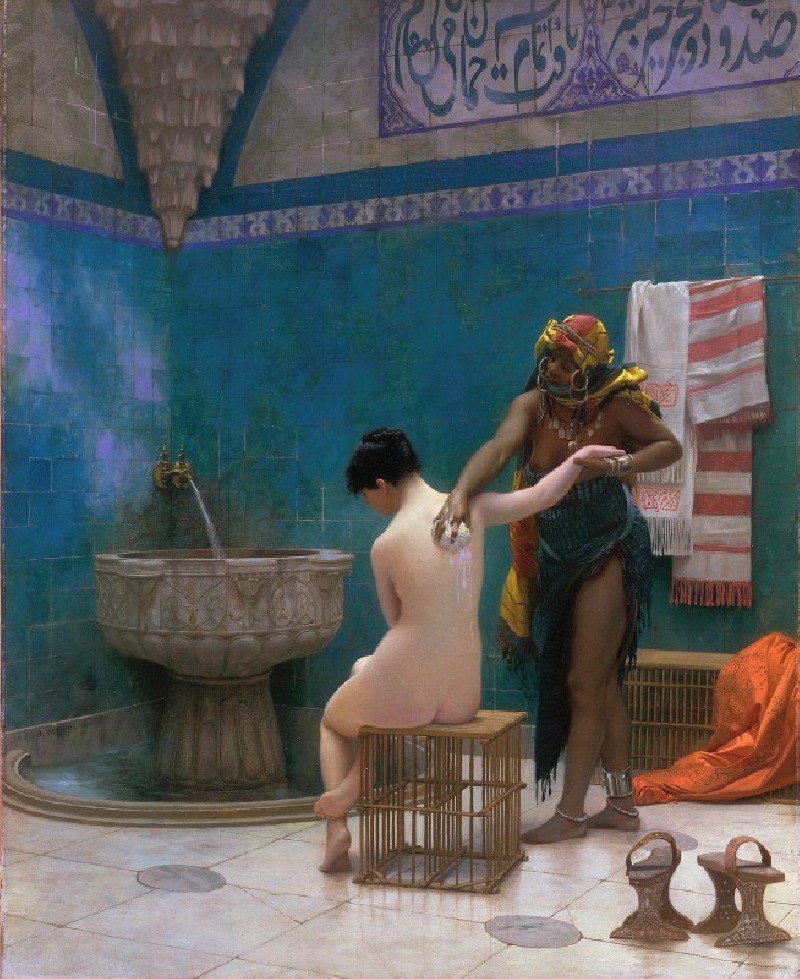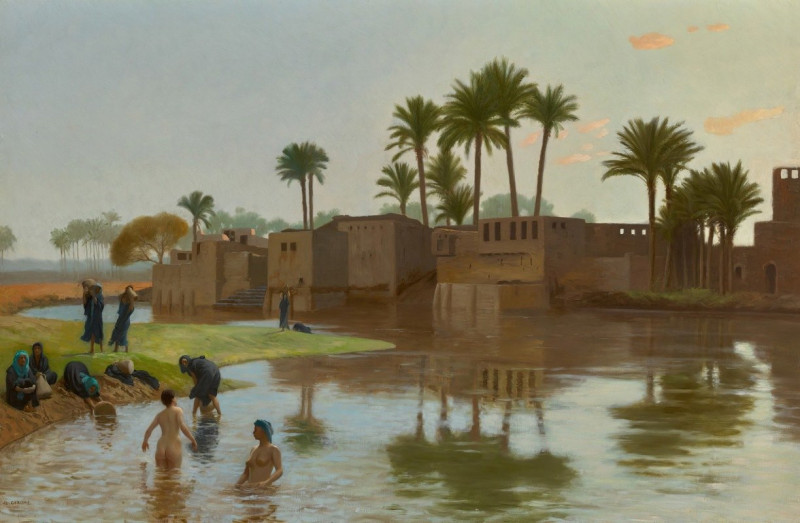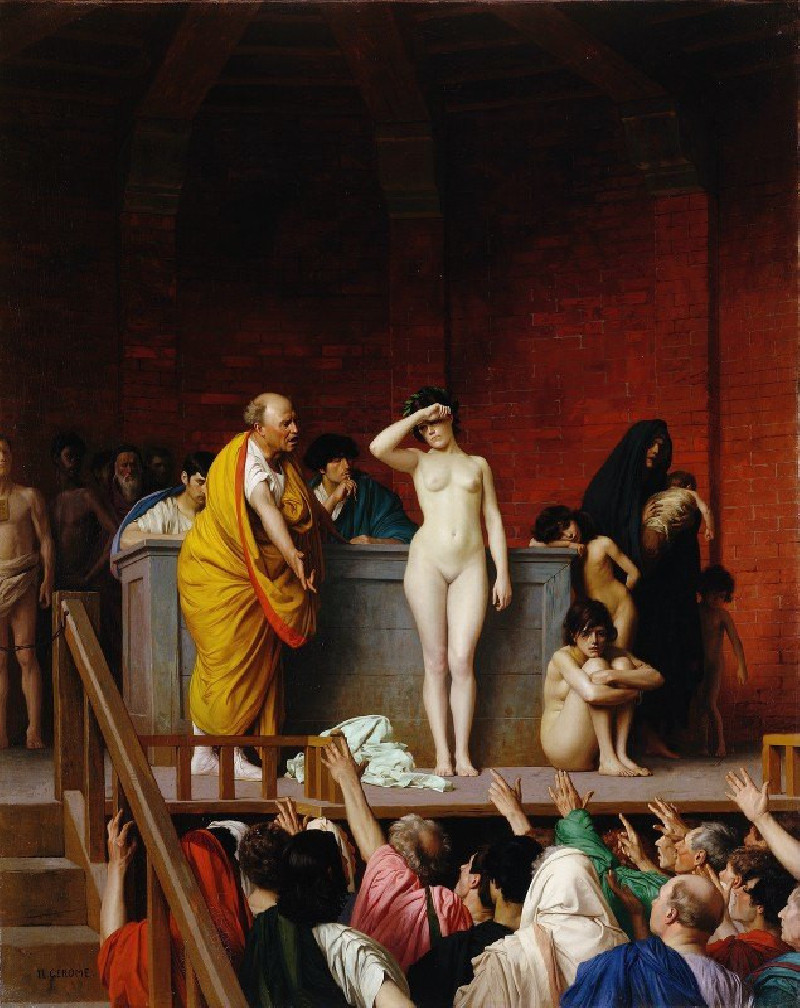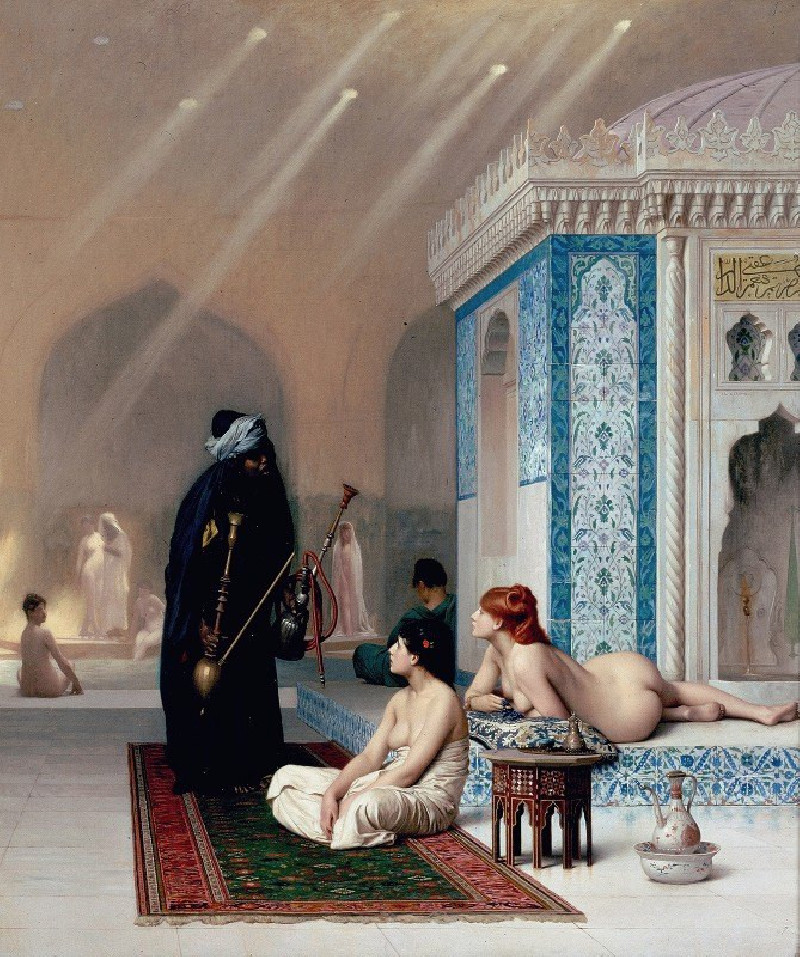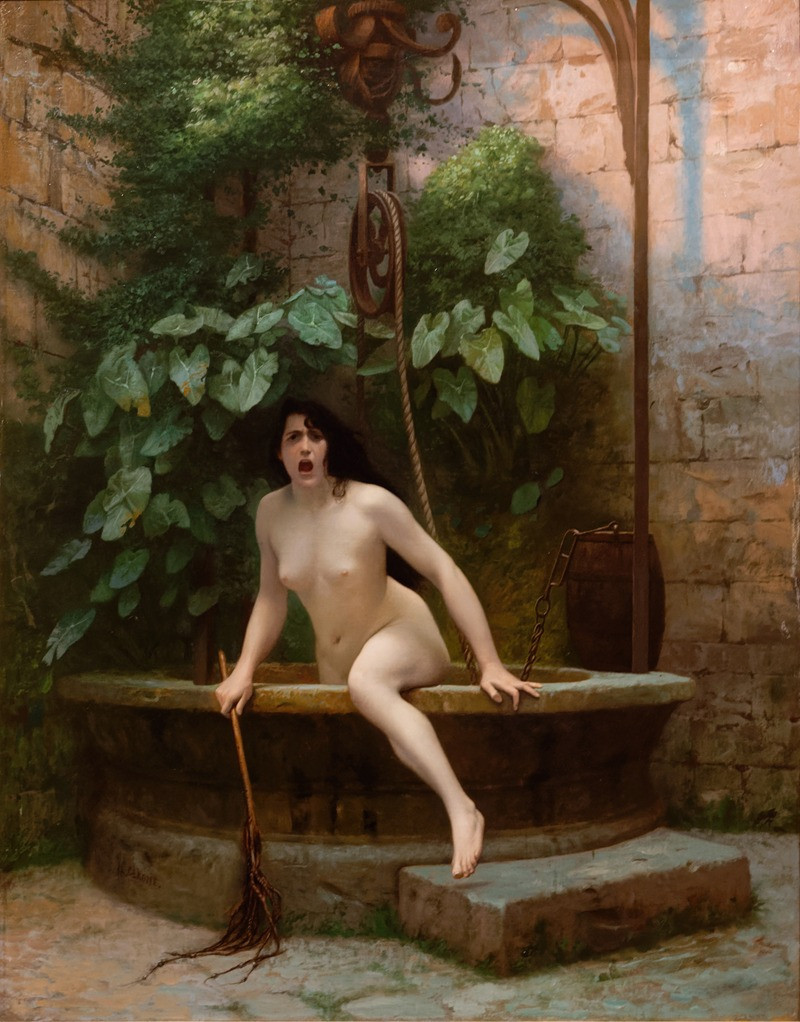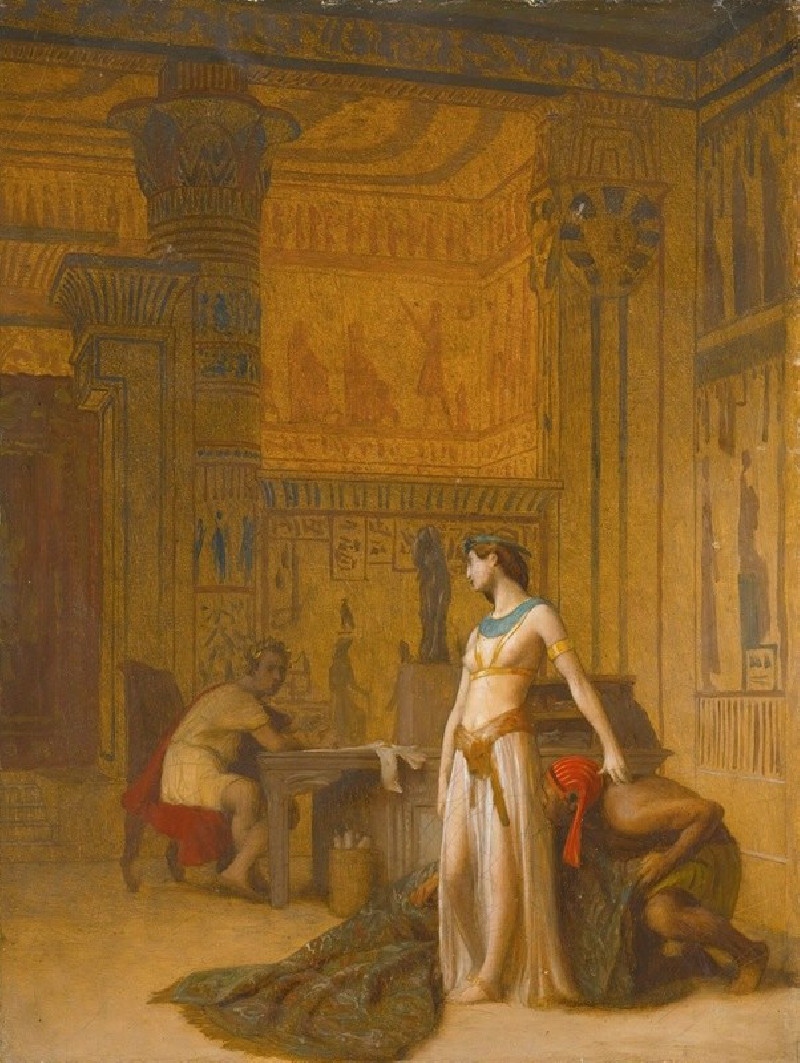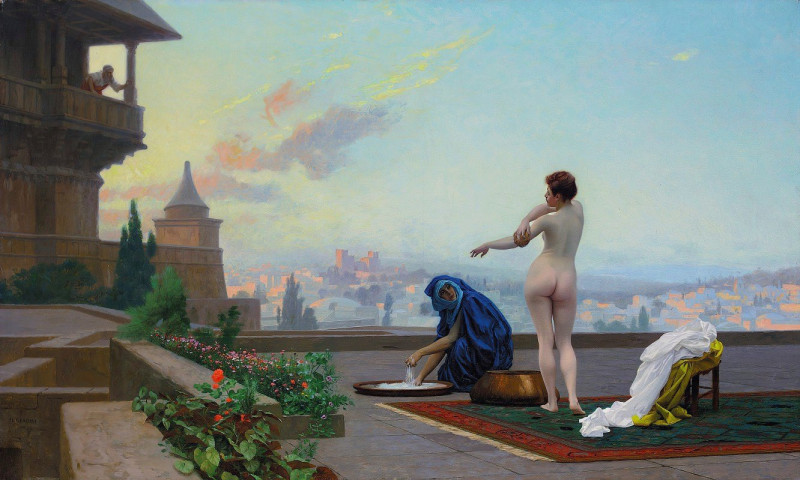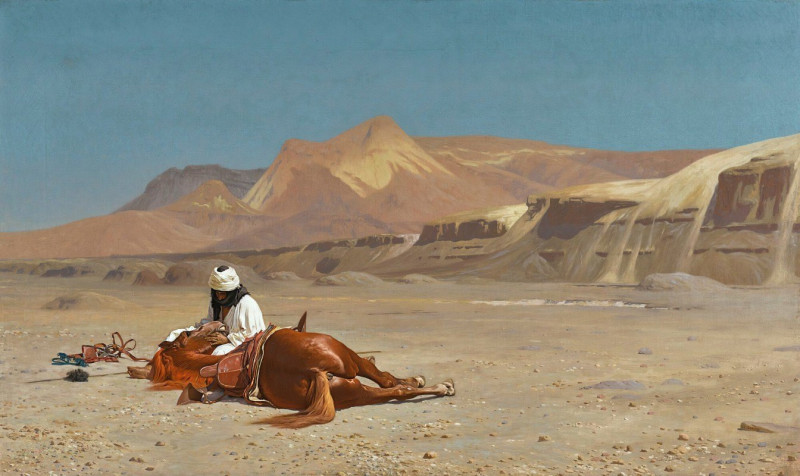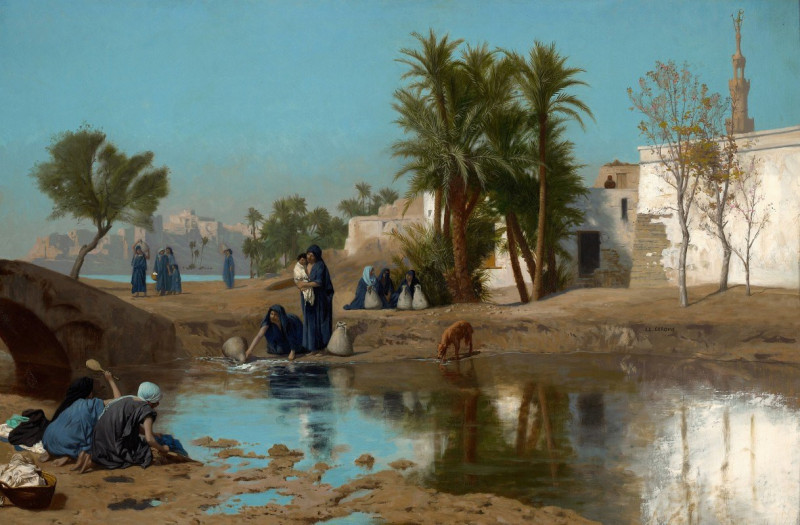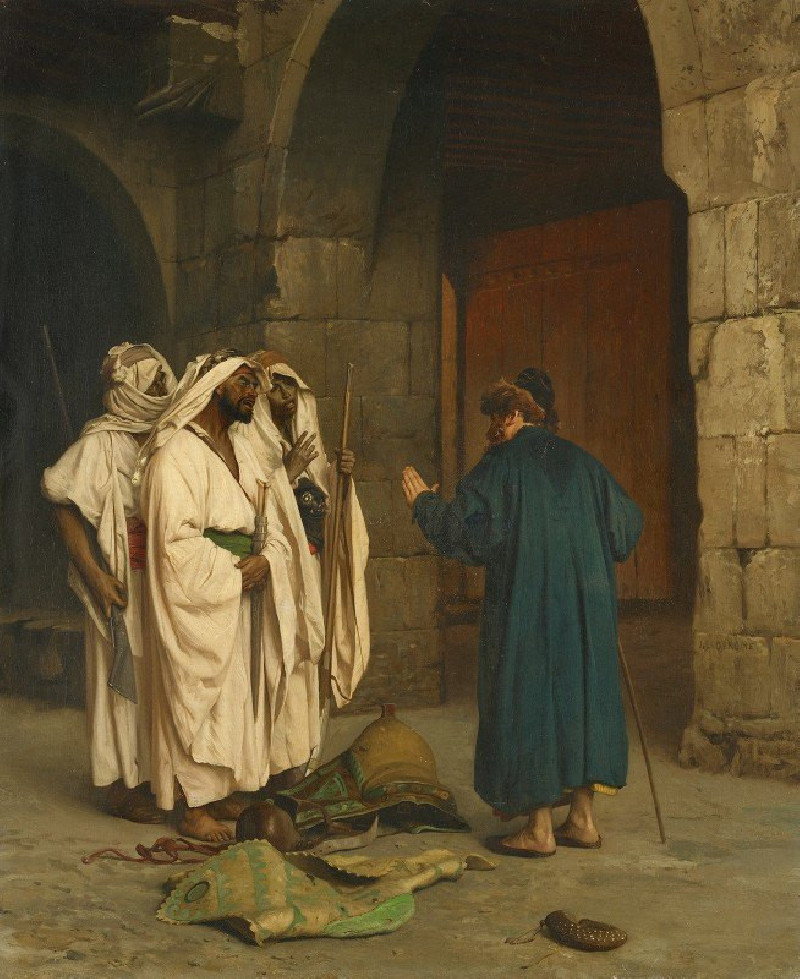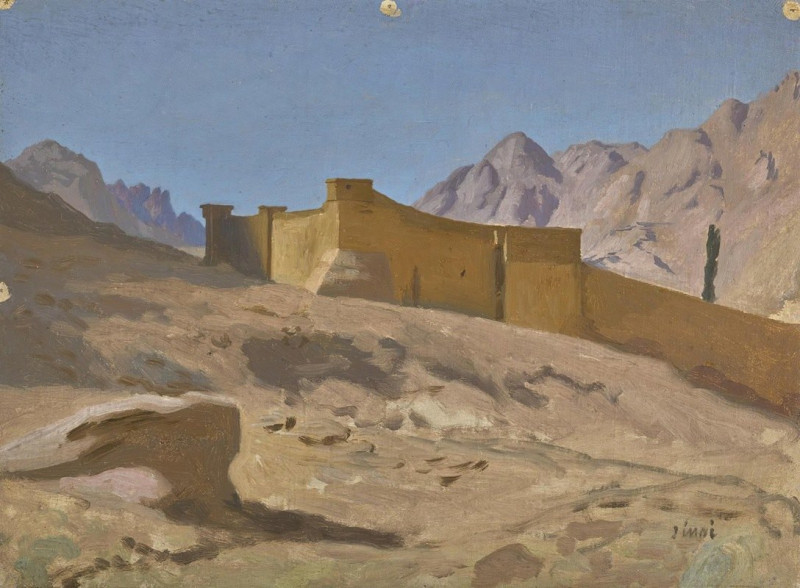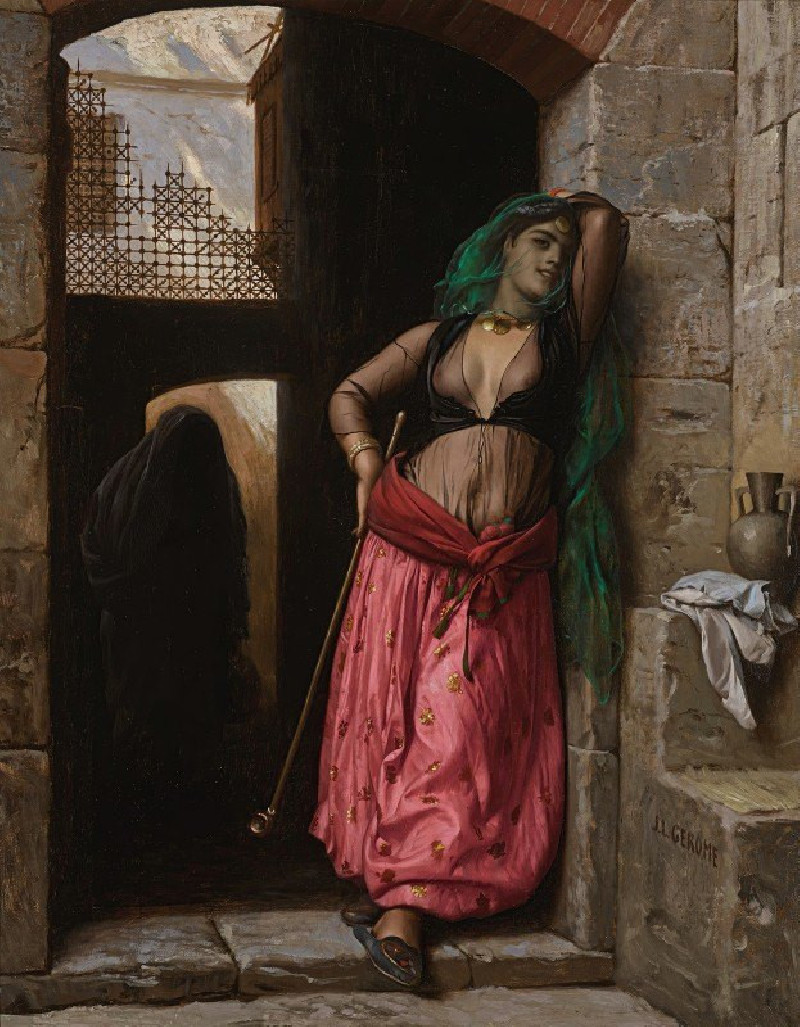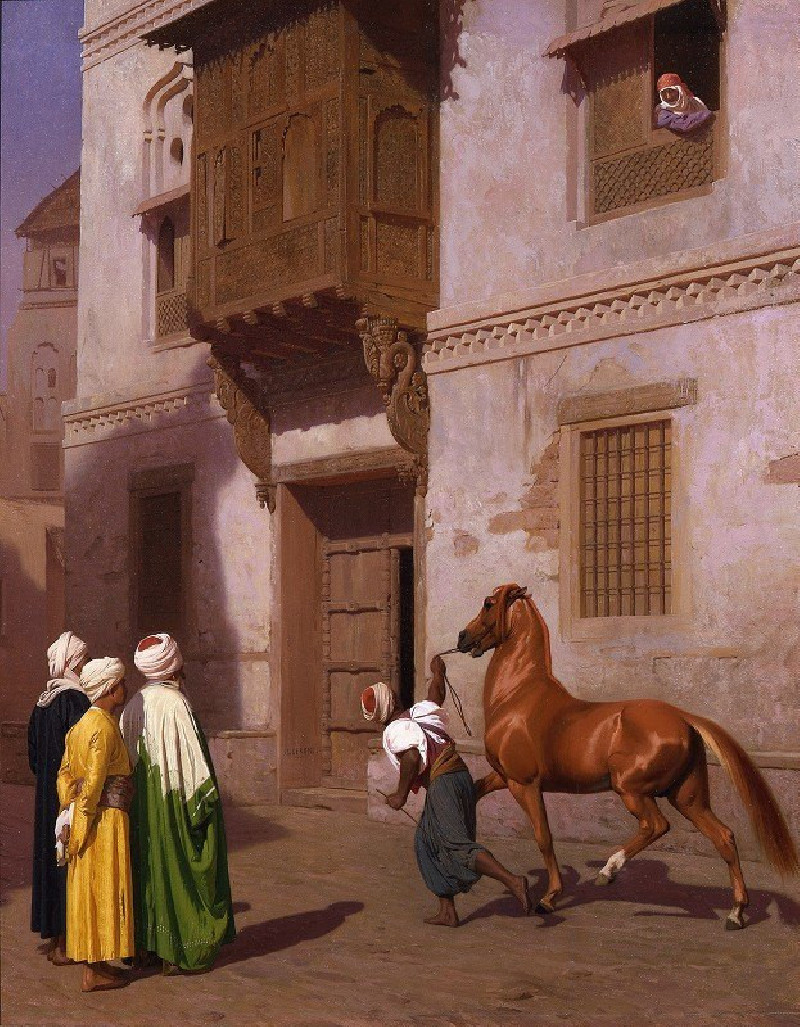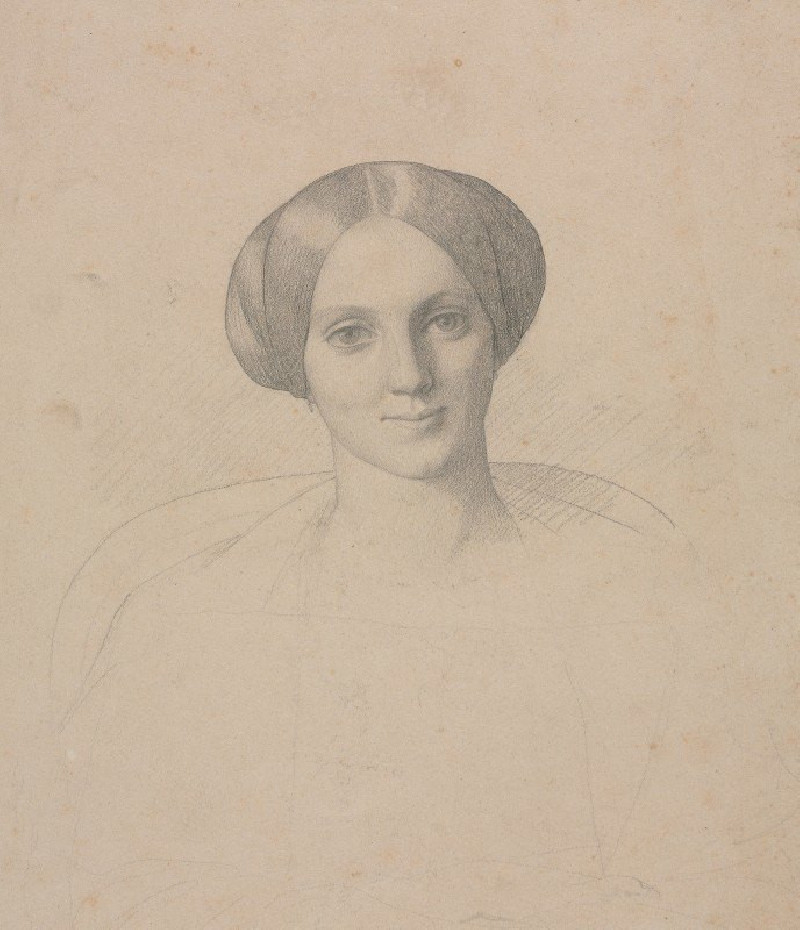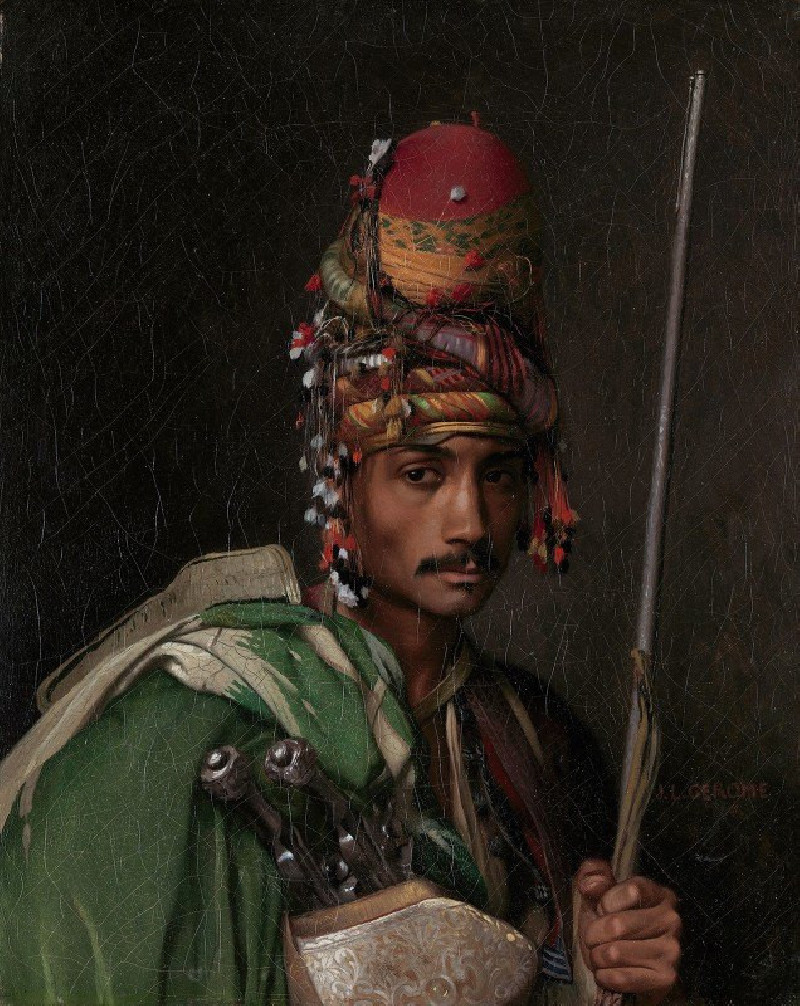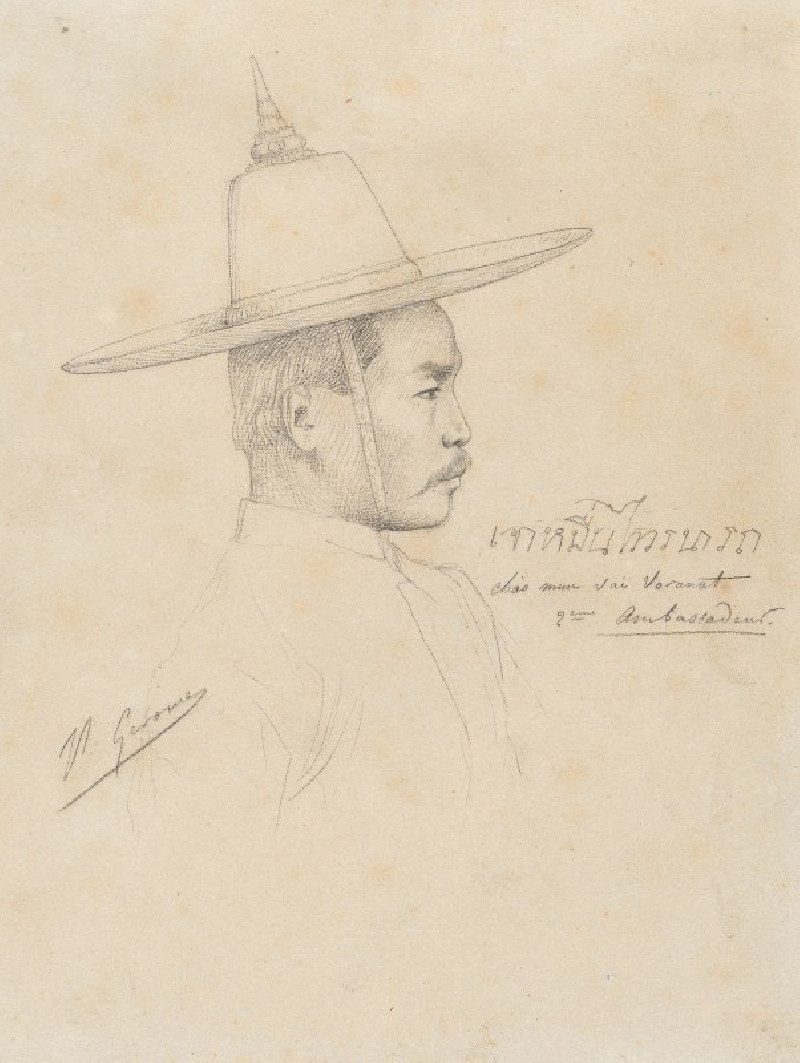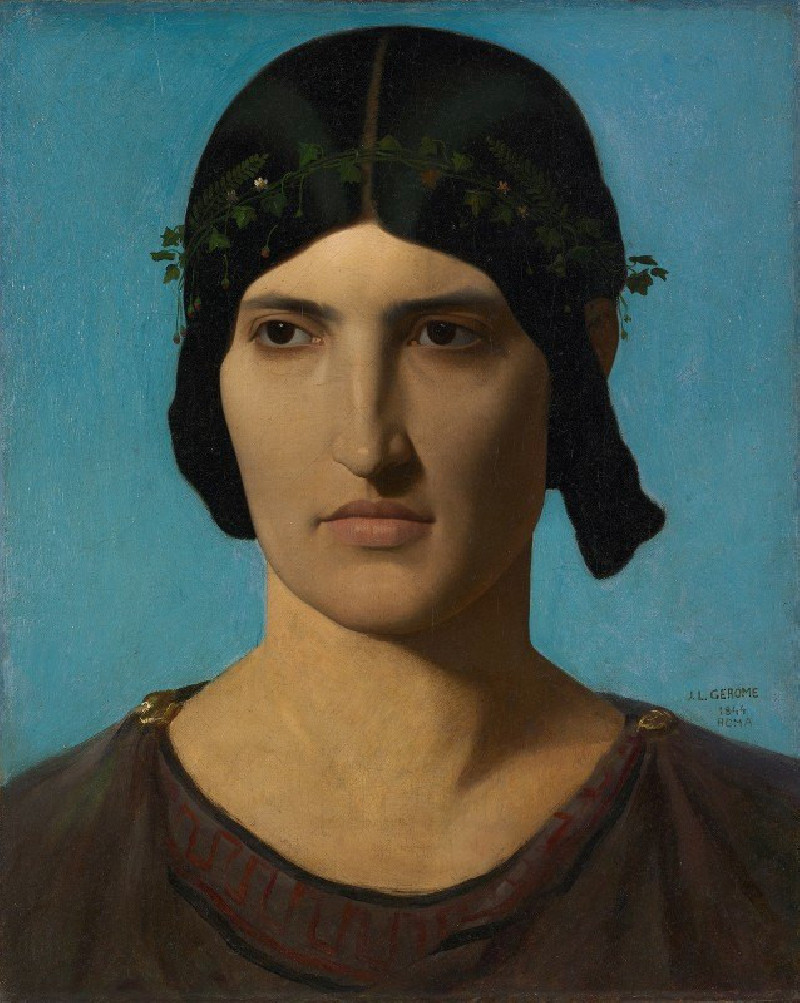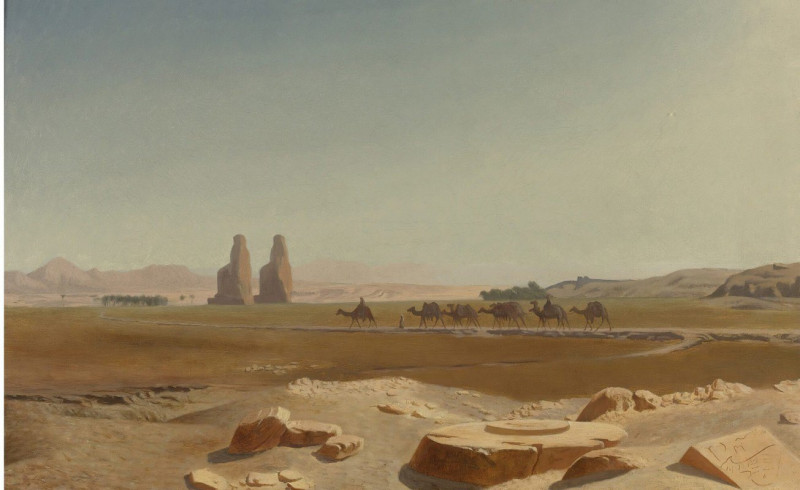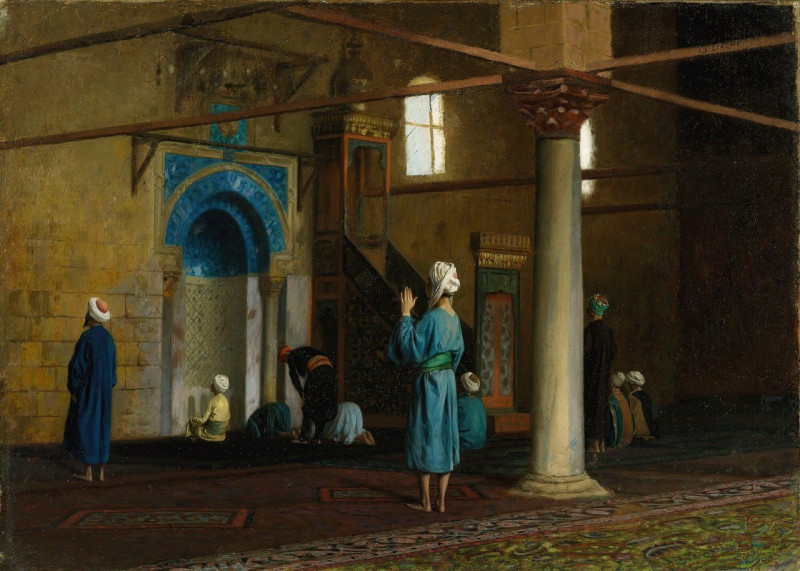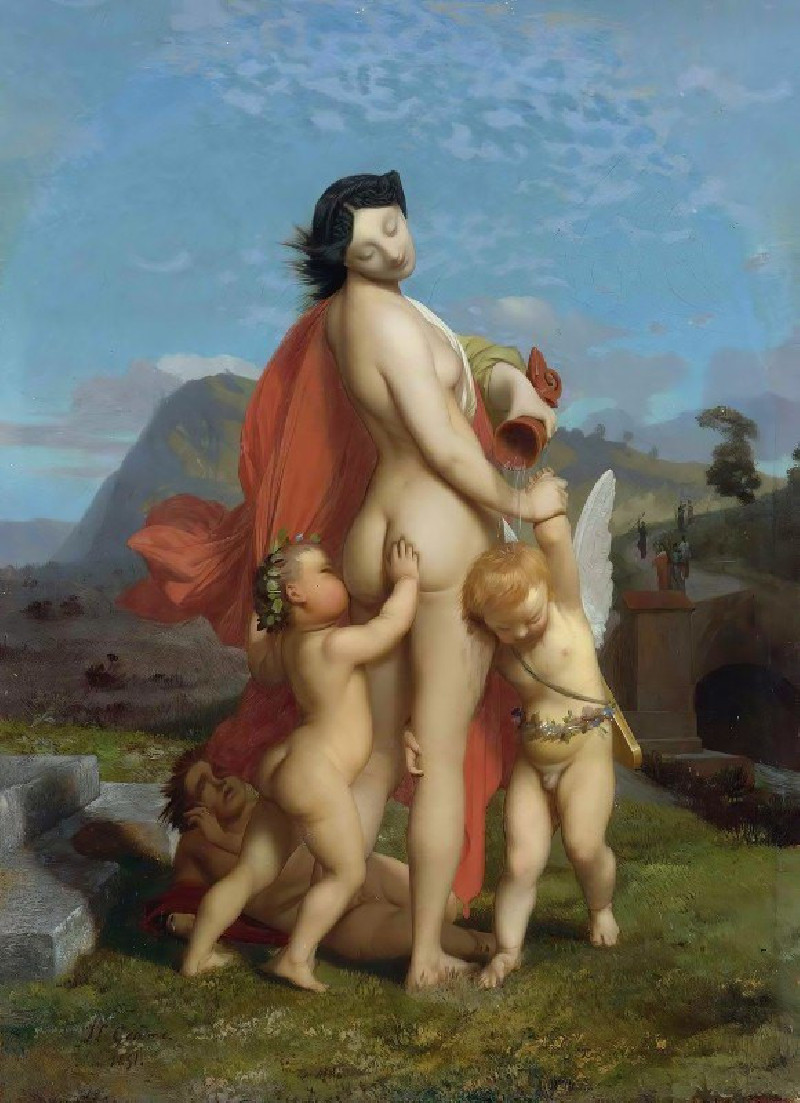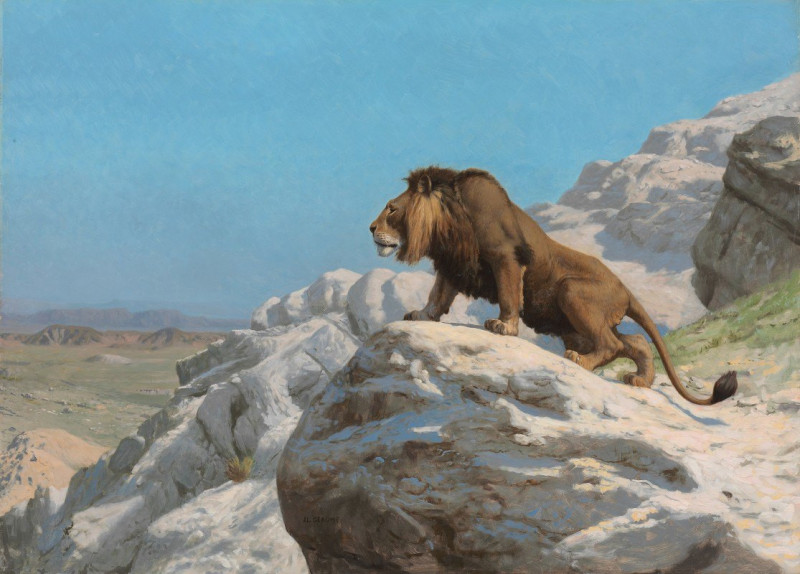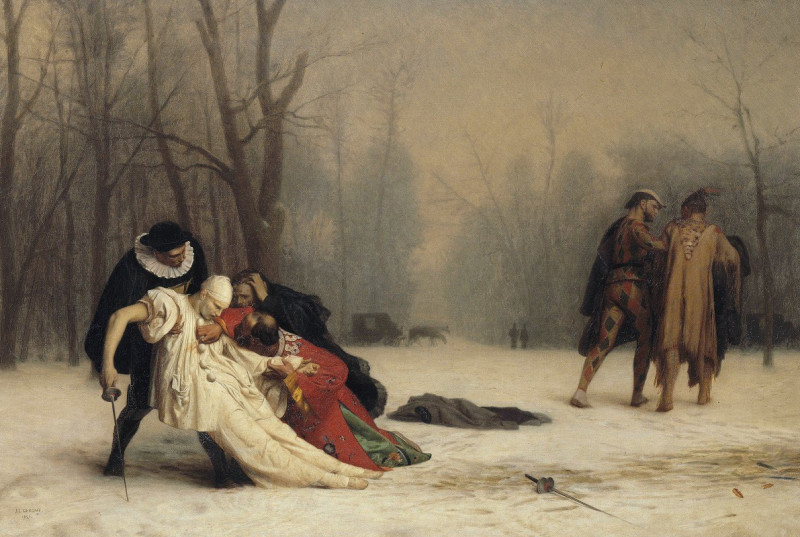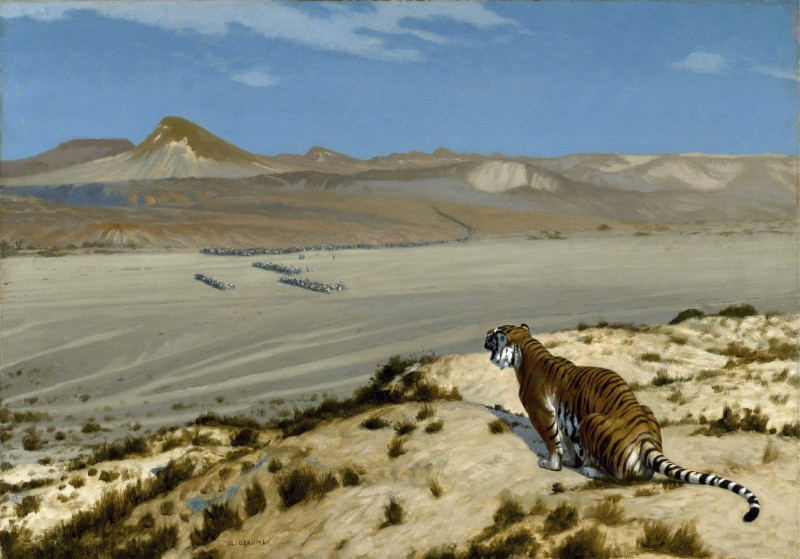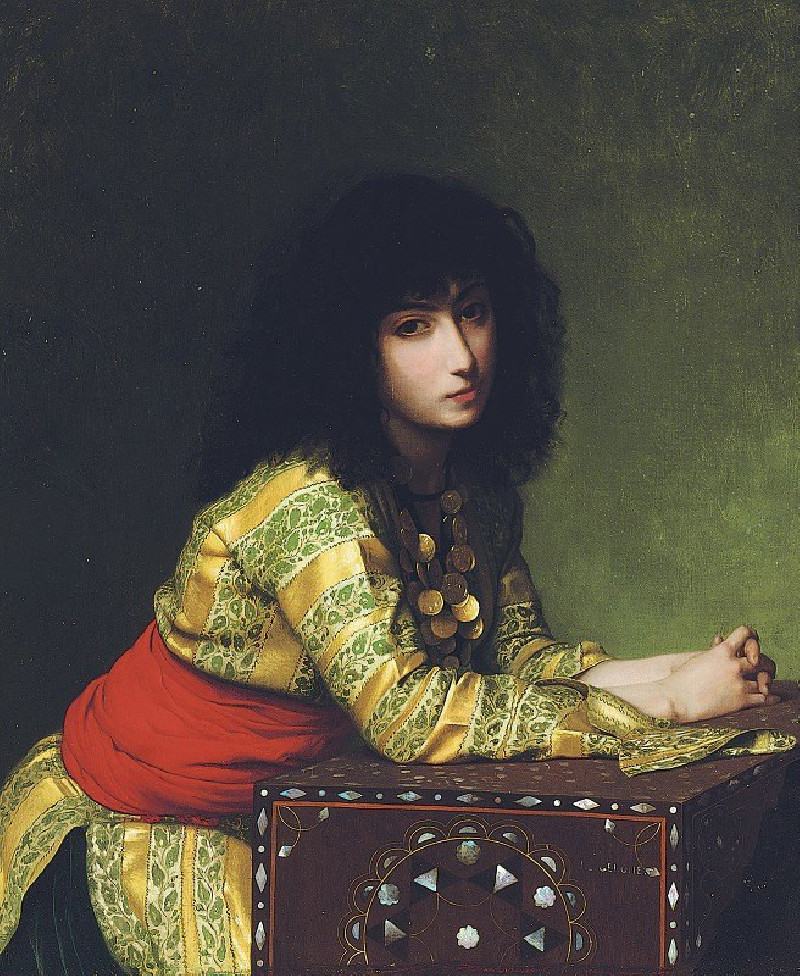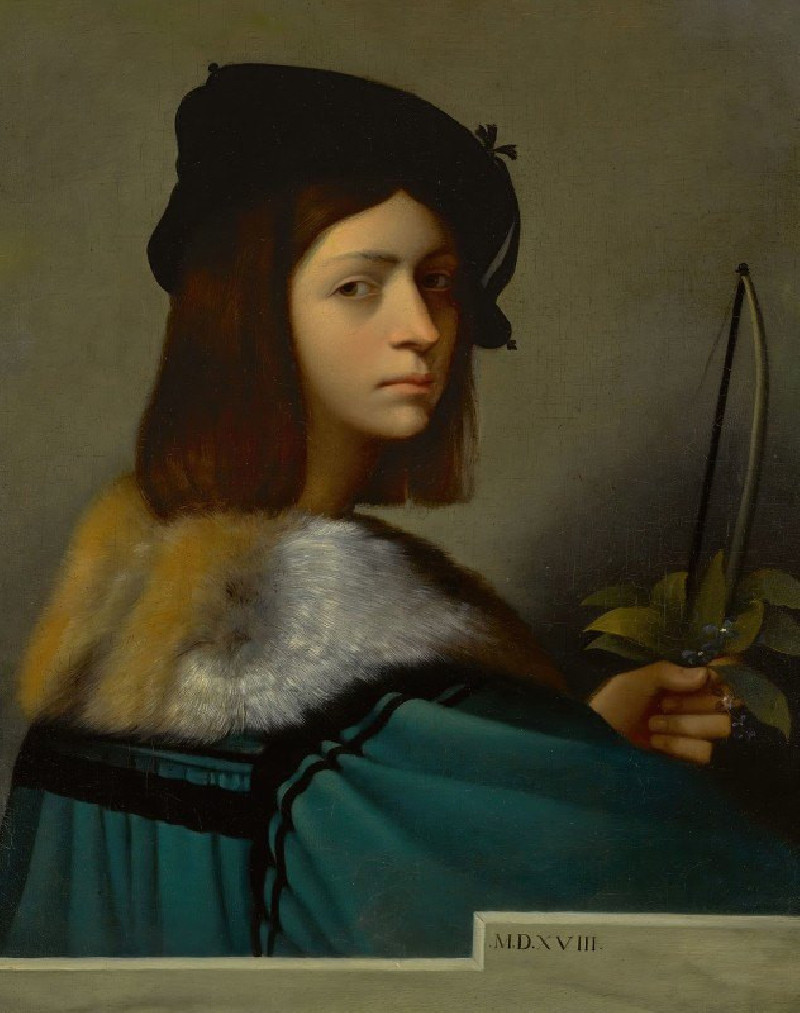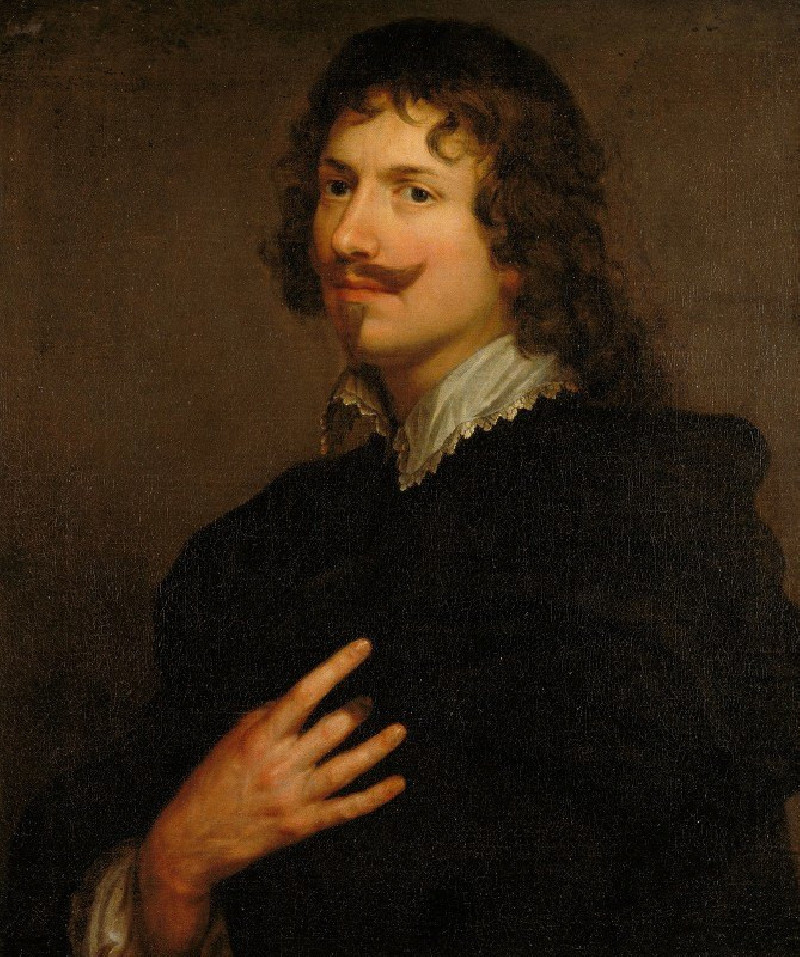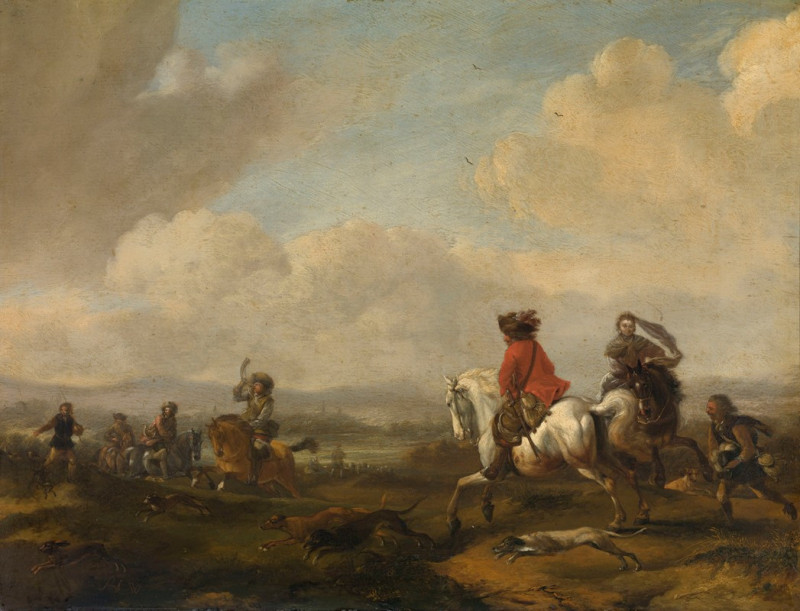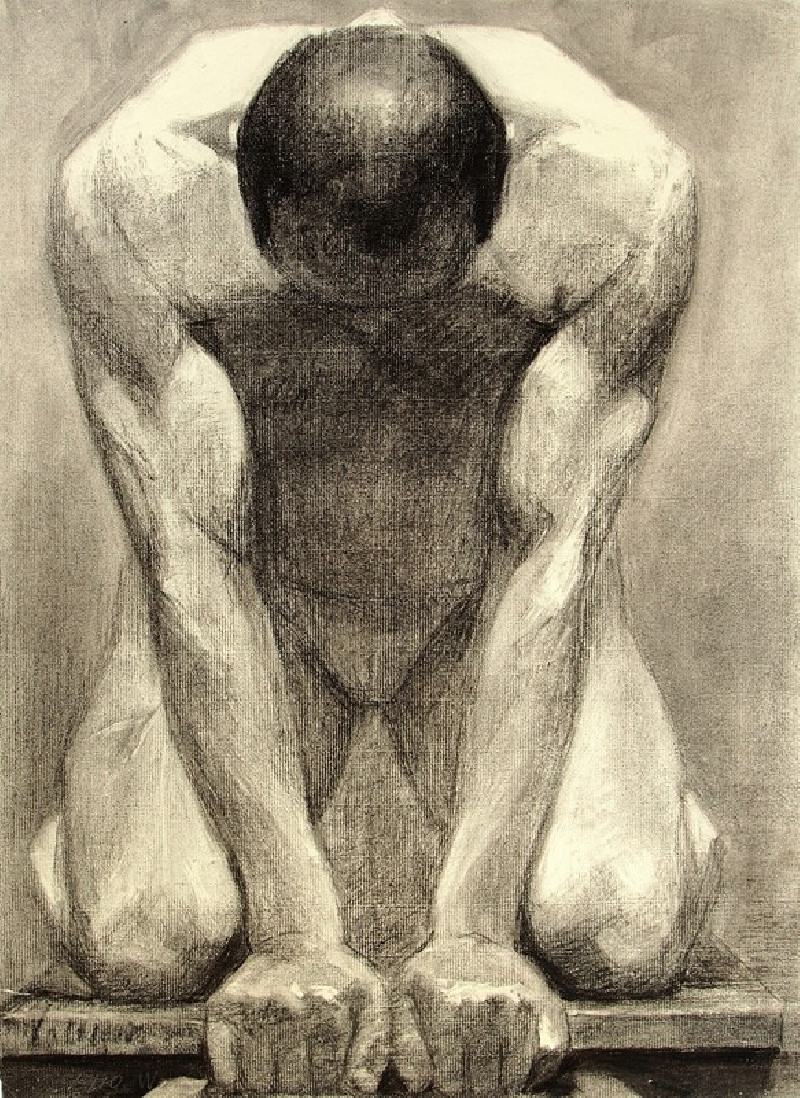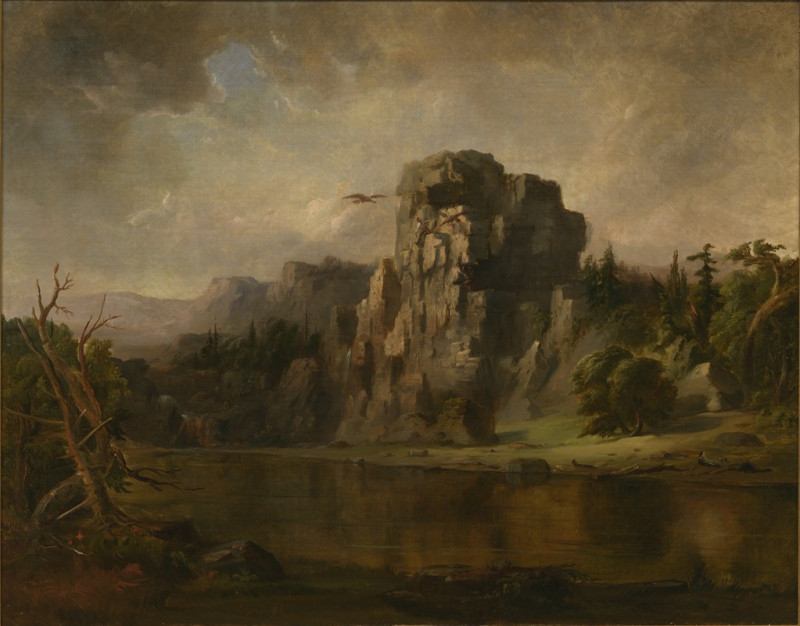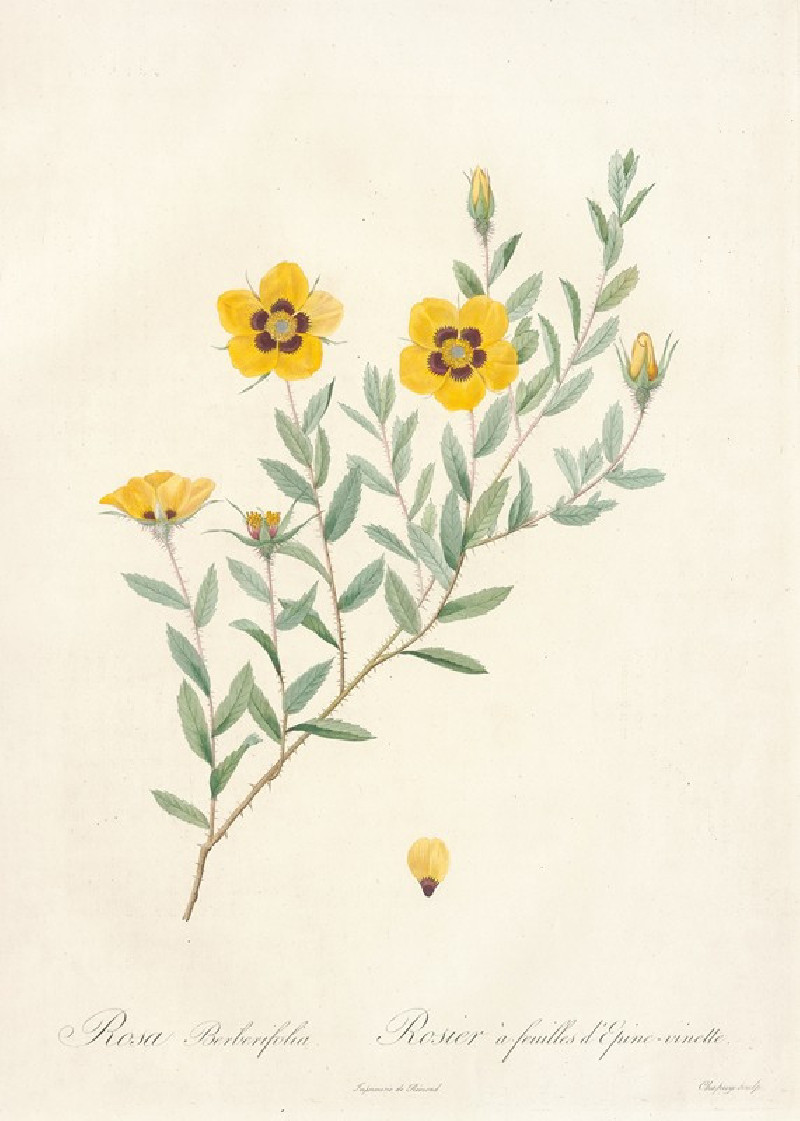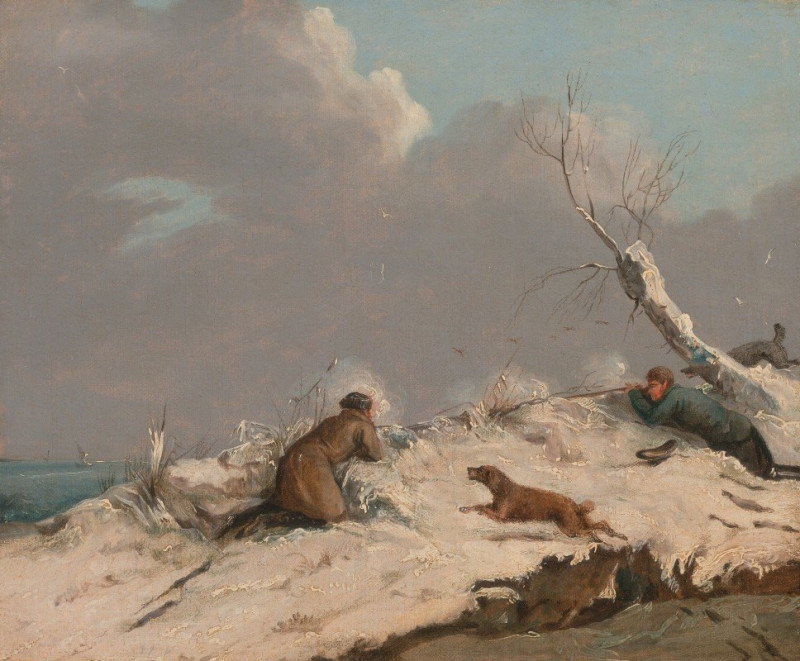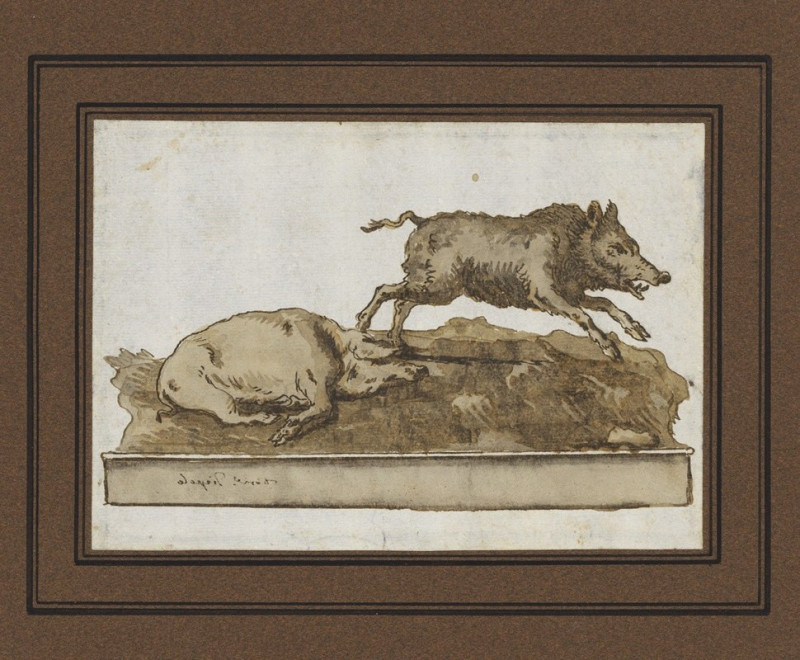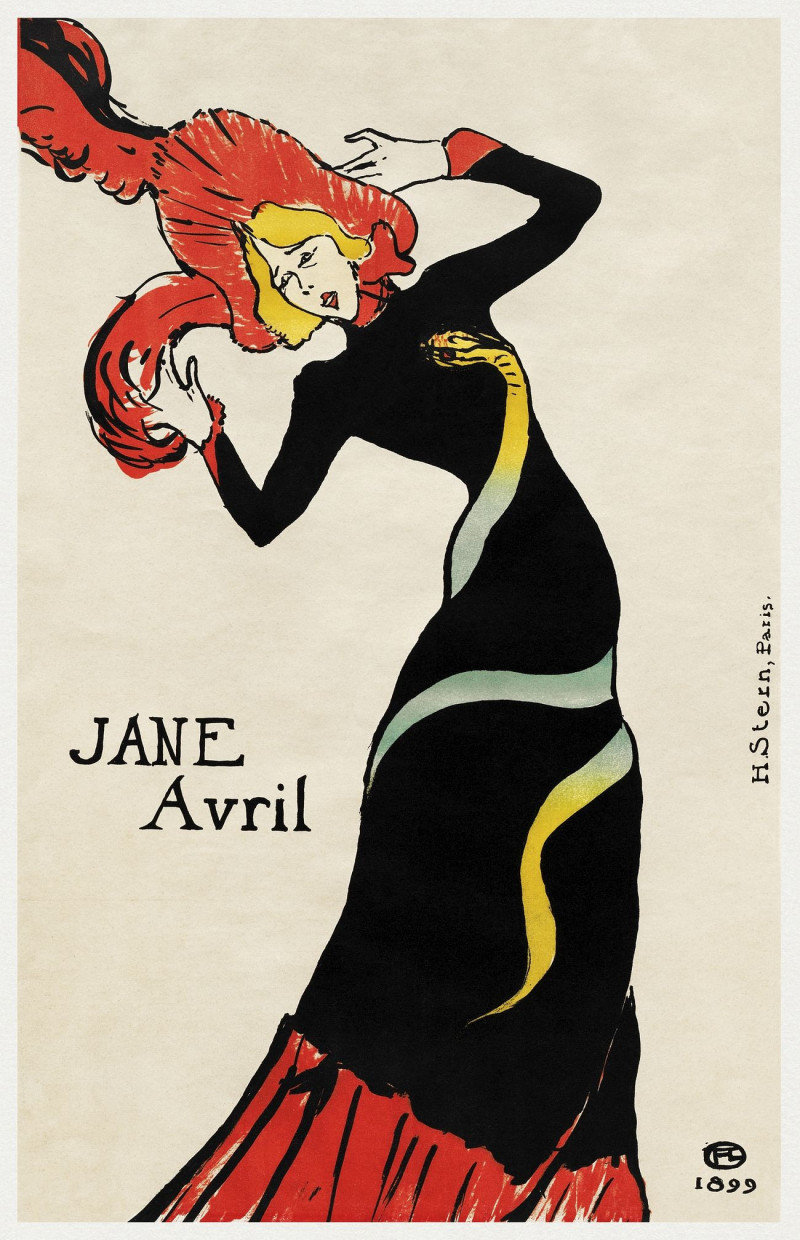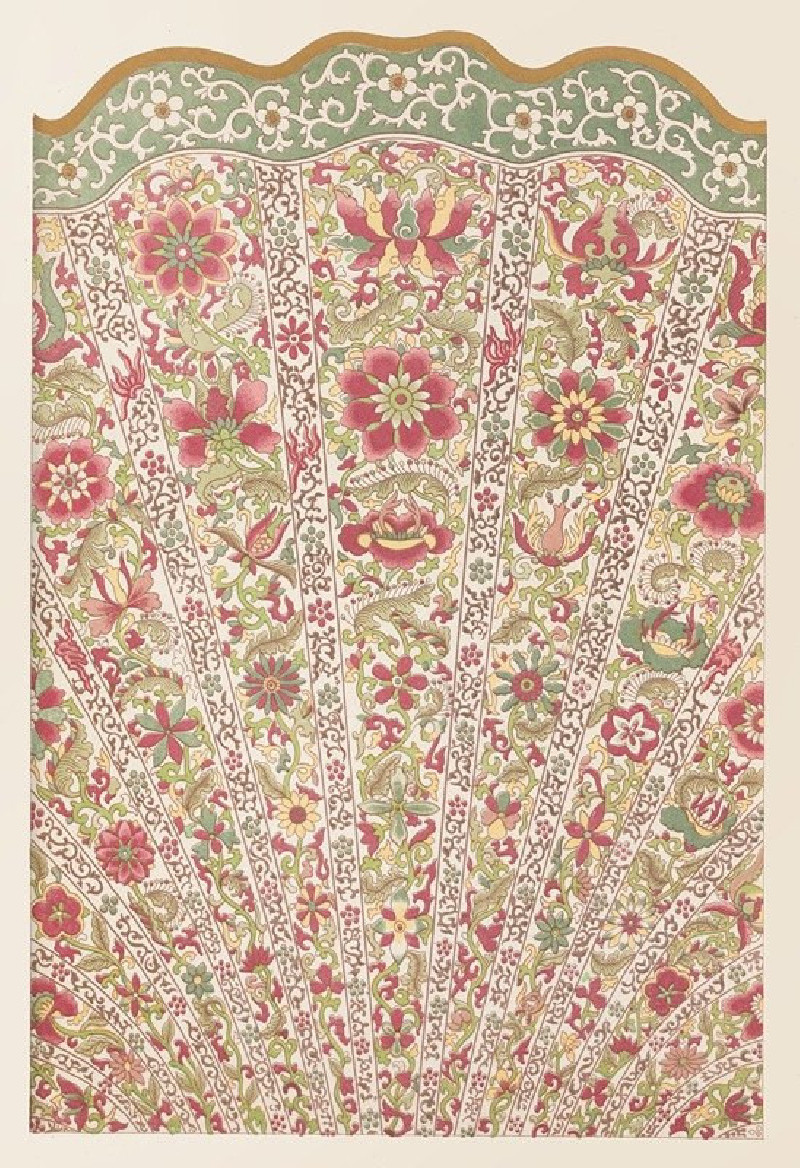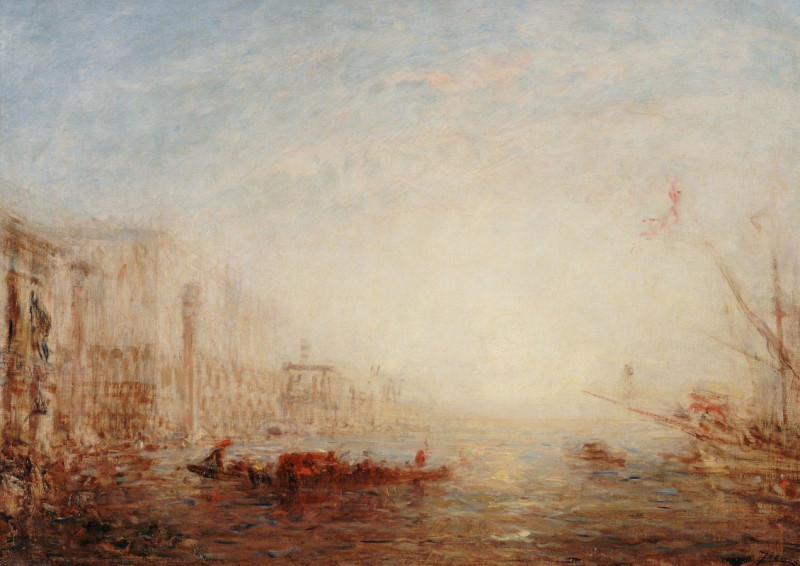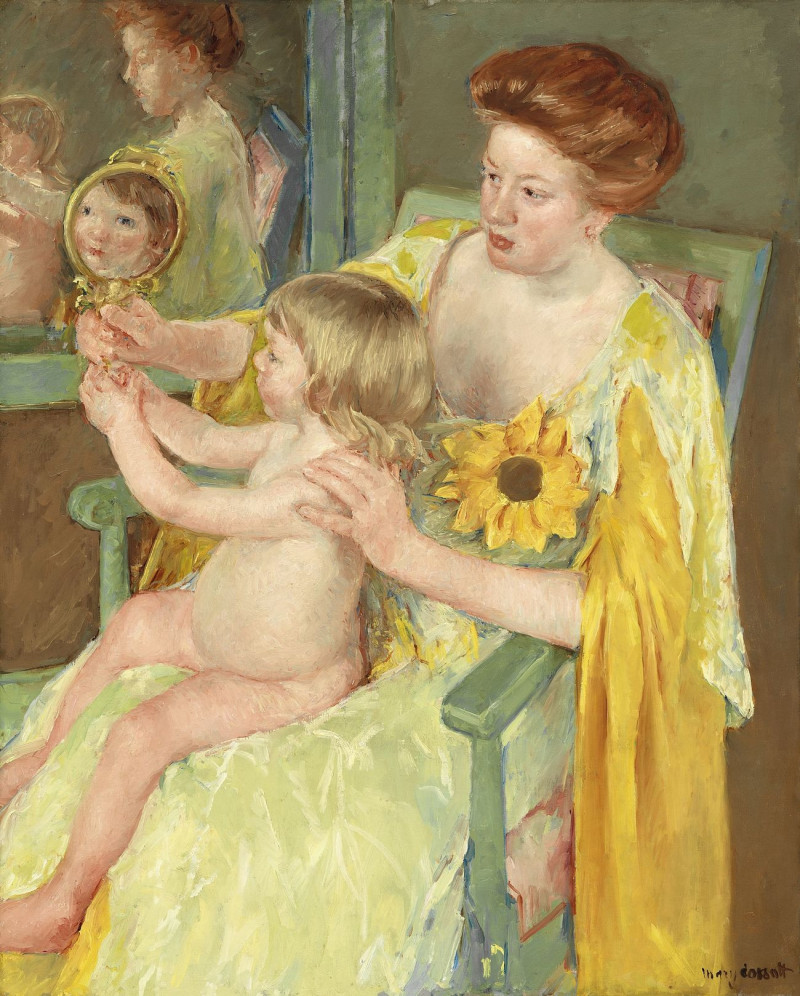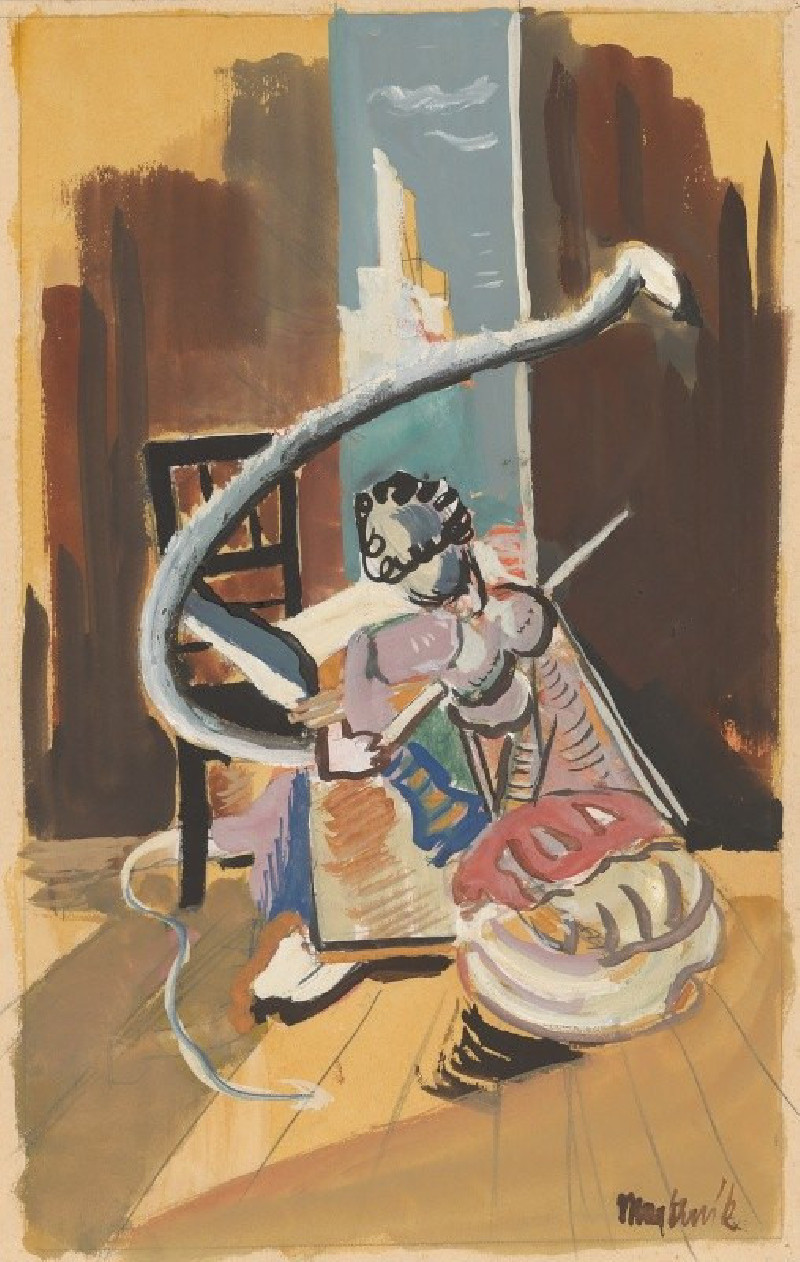The Grand White Eunuch
Technique: Giclée quality print
Recommended by our customers
More about this artwork
Jean-Léon Gérôme’s painting, "The Grand White Eunuch," presents a vivid glimpse into a moment of the elite and private quarters of an Ottoman-era palace. This striking work features a central figure clad in richly detailed traditional apparel, embodying the character of a high-ranking eunuch. His majestic attire, consisting of a golden robe and a towering white headdress, suggests his prominent status, while his direct gaze conveys both authority and a composed demeanour.The eunuch stands prominently inside an architectural setting that offers a view into a bathhouse scene. Through the graceful archway, one can observe figures leisurely engaged, some bathing and others in idle relaxation, capturing the secluded and serene atmosphere typical of such privileged spaces. The juxtaposition of the figure against the spacious, subtly adorned background with hints of Islamic art in the archways and mosaic tiles adds depth and context to the portrait.Gérôme’s skillful use of lighting highlights the eunuch’s facial features and the intricate textures of his garments, emphasizing the opulence and the meticulous attention to detail that the artist is renowned for.
Delivery
Returns
Jean-Léon Gérôme was a French painter and sculptor in the style now known as academicism. His paintings were so widely reproduced that he was "arguably the world's most famous living artist by 1880." The range of his oeuvre included historical painting, Greek mythology, Orientalism, portraits, and other subjects, bringing the academic painting tradition to an artistic climax. He is considered one of the most important painters from this academic period. He was also a teacher with a long list of students.

